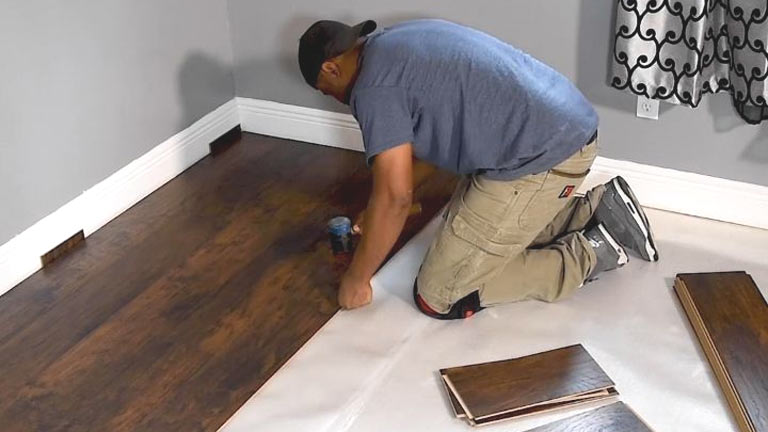Lamination is a handy technique to preserve important documents or give your crafts a professional touch. But did you know you can do it at home without any special machinery? This blog will guide you through this surprisingly simple process, making lamination accessible to everyone.
Understanding the Basics of Lamination
Lamination is a process of enclosing or sealing documents between two plastic sheets to protect them from water, dust, or other damage. Typically, a dedicated machine is used for this, but there are other creative ways to achieve the same result.
Materials used in lamination include a laminating pouch or sheet and the item to be laminated. Lamination methods vary, but the basic principle is to apply heat to the laminating pouch, making the plastic layers adhere and seal the document inside.
Materials Needed for DIY Lamination
To laminate at home without a machine, you will need some plastic laminating sheets, scissors, an iron or hair straightener, and a cloth or parchment paper. Most of these items are readily available in many homes.
Laminating sheets can be found at office supply stores or online. The iron or hair straightener will be the heat source, and the cloth or parchment paper protects the document and laminating sheet from direct heat, ensuring an even, smooth lamination.
Step-by-Step Guide to Laminating at Home without a Machine
Preparing the Document or Item to be Laminated
Choosing the Right Size of Laminating Sheet: Laminating sheets come in different sizes. Choose a sheet that’s larger than your document. This leaves enough margin around the edges to seal the document properly. Remember, it’s better to have a sheet that’s slightly too big than one that’s too small.
Placing the Document in the Laminating Pouch: Carefully place your document in the laminating pouch. Ensure it’s aligned correctly, leaving equal margins on all sides. Keep in mind that this step is crucial for an even lamination process.
Process of Laminating Using an Iron
Setting Up the Ironing Area: Set up a flat, heat-resistant surface such as an ironing board or a wooden table covered with a thick cloth. Place the document-filled laminating pouch on the cloth, ensuring that the sealed edge of the pouch is facing toward the iron.
Ironing the Document Inside the Laminating Pouch: Preheat the iron to a low or medium setting. Put a piece of parchment paper or thin cloth over the pouch to protect it from the direct heat of the iron. Start ironing gently from the center of the document, moving toward the edges. This method helps prevent air bubbles.
Process of Laminating Using a Hair Straightener
Preparing the Straightener: Ensure your hair straightener is clean and free of any product residue. Preheat it to a low to medium setting.
Applying the Straightener to the Laminating Pouch: Hold the pouch from one side and slide the preheated hair straightener over the surface of the pouch, starting from the center and moving towards the edges. Be careful not to keep the straightener in one place for too long to avoid melting the pouch.
Cooling and Sealing the Lamination
Letting the Document Cool Down: Once you have covered the entire surface of the pouch with the heat source, let the pouch sit untouched for a few minutes to cool down. This helps the plastic layers bond together.
Pressing the Edges to Seal the Lamination: After the pouch has cooled, run your fingers around the edges of the pouch to ensure they’re fully sealed. If the edges are not sealed, you may need to reapply heat to those areas. Now, your document is successfully laminated, and you’ve mastered DIY lamination at home without a machine!
Important Tips and Tricks for DIY Lamination
A smooth finish can be achieved by moving your heat source evenly and gently. To avoid air bubbles, start from the center and move towards the edges.
Maintain your laminated items by keeping them away from extreme heat or cold. Always remember safety first. Avoid touching the heated area directly and keep the process away from children.
Common Mistakes to Avoid
Avoid overheating the laminating pouch as it can warp or bubble. If wrinkles or bubbles form, it’s often due to uneven heat or movement. Correct this by reheating and smoothing out the area.
Benefits and Limitations of DIY Lamination
DIY lamination is cost-effective and convenient, allowing you to laminate at your own pace and comfort. However, for larger volumes or larger-sized documents, professional services might be more efficient.
Conclusion
DIY lamination is a fun, easy, and useful skill to learn. It saves money and gives you the flexibility to laminate whenever you want. So why wait? Give it a try.




